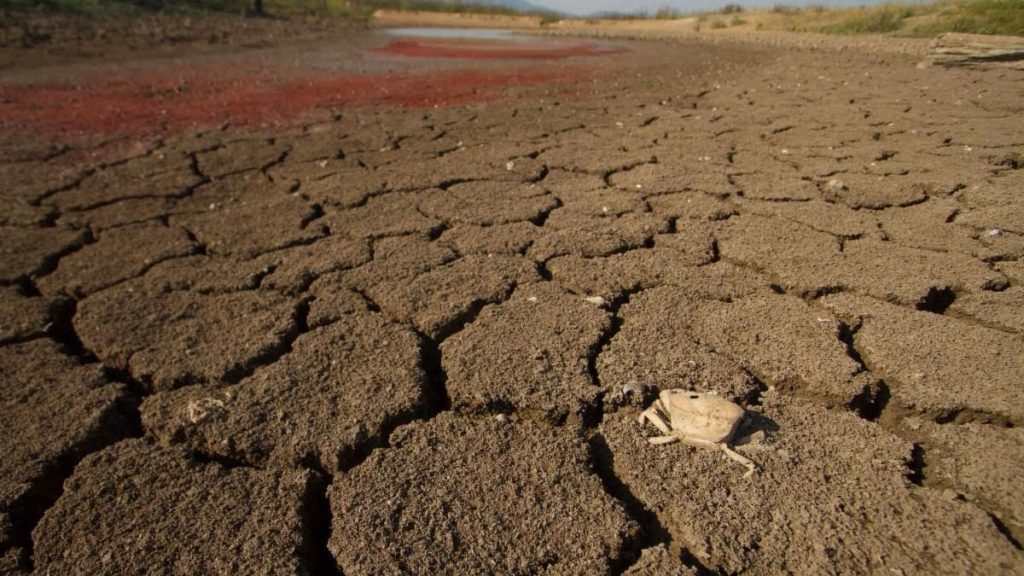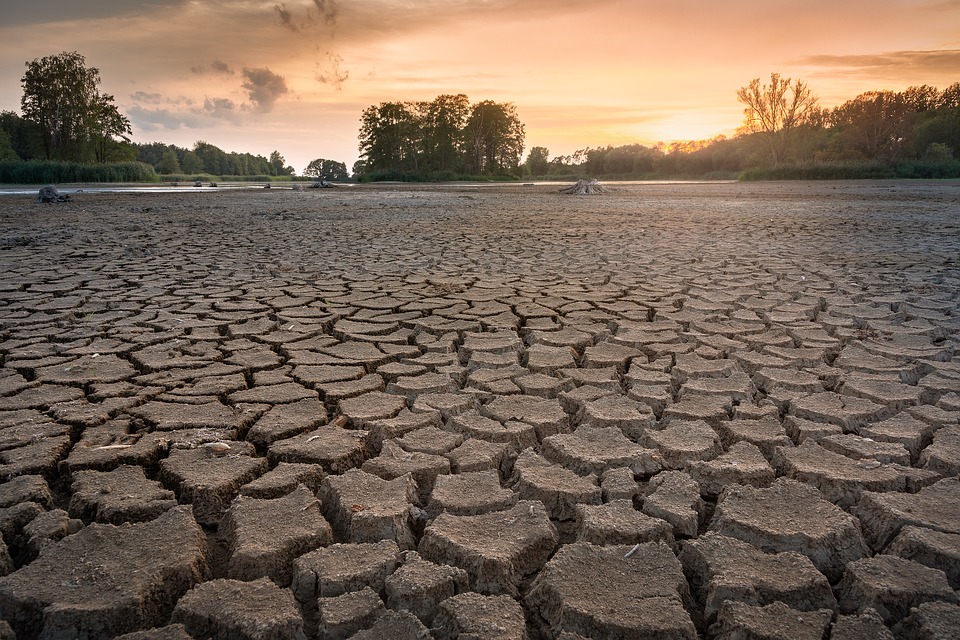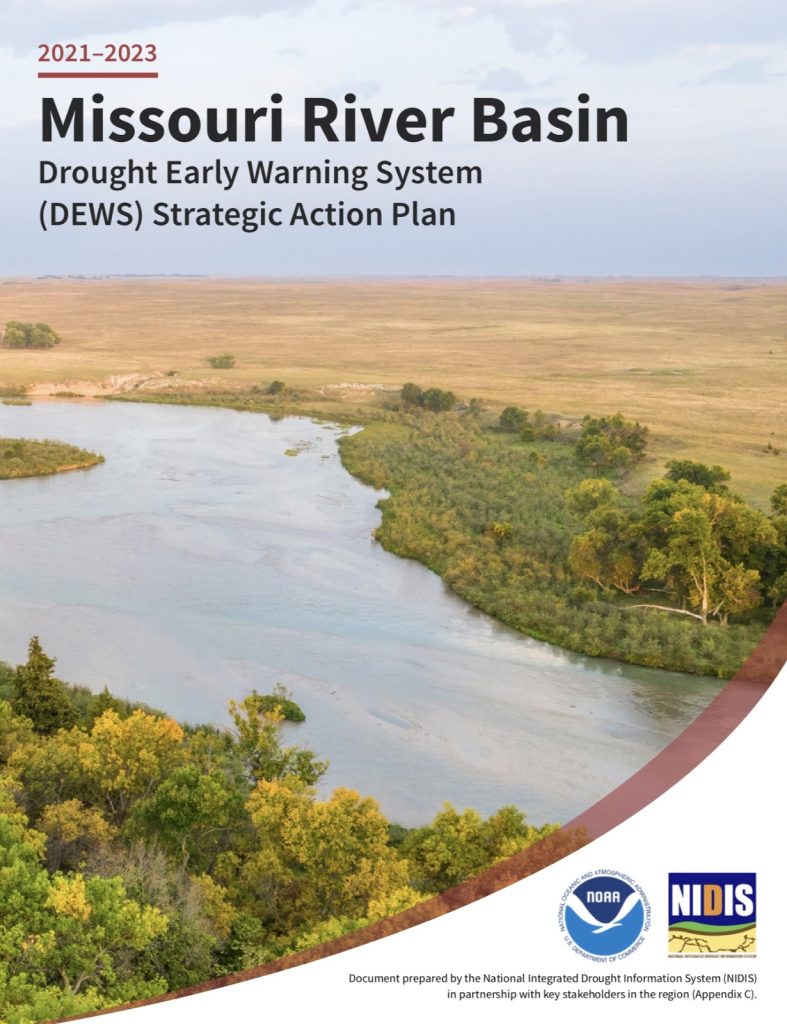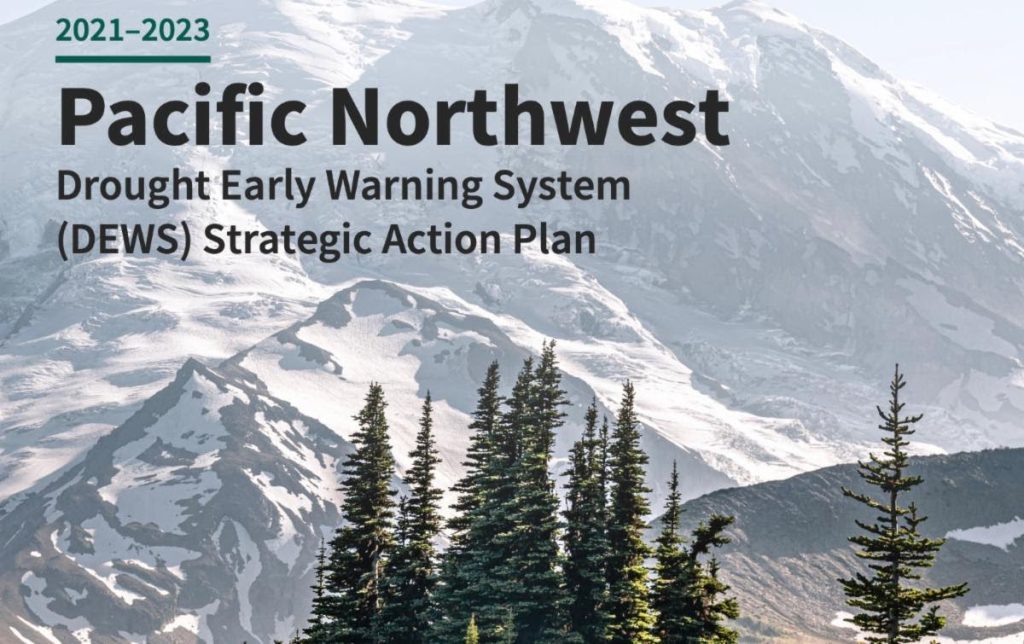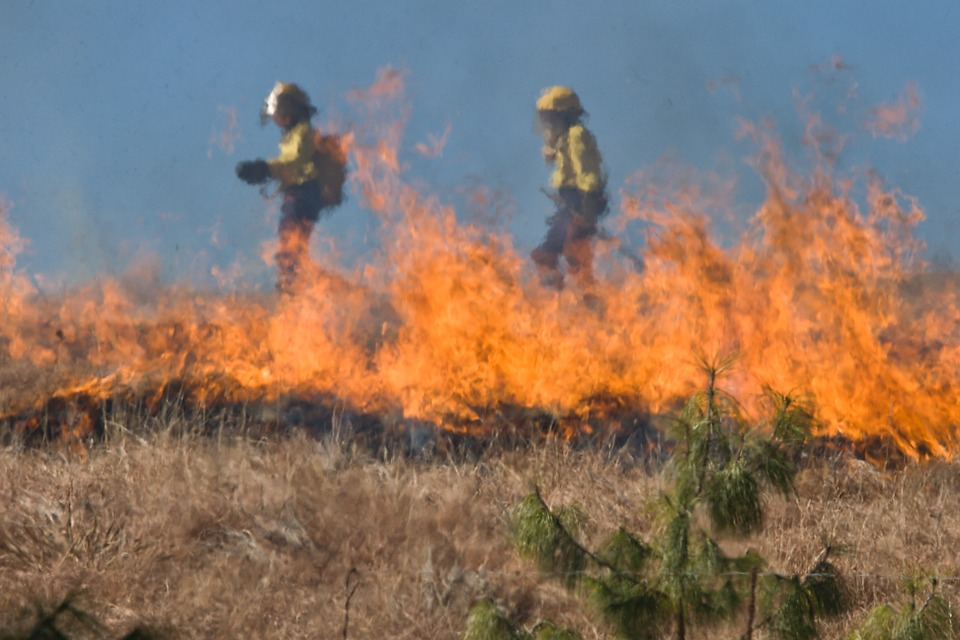What is Flash Drought? Takeaways from the NIDIS Flash Drought Workshop
The 2017 Northern Plains flash drought’s swift onset and severity were not forecasted, and it resulted in fires that burned 4.8 million acres and U.S. agricultural losses in excess of $2.6 billion dollars. Episodes like this have sparked intense interest in flash drought and a clear conceptualization of what it is in both the research community and the end user/applications community
What is Flash Drought? Takeaways from the NIDIS Flash Drought Workshop Read More »



